 |
| The story gems are in the details. |
I started a new novel last week, The Wedding Chapel.
I don't have a lot of time on this particular deadline, so after a few weeks of dreaming and planning, I jumped in with chapter one, scene one.
My protagonists in one story line are married, but thing aren't going well. But for their anniversary, the hero buys the heroine the engagement ring she never had and a brand new wedding band.
Remember, their marriage is strained, so he's not entirely clued in... ;)
As I ended the scene, the heroine swaps her plain ole gold wedding band for the new set from Tiffany's.
I had all this great symbolism in mind for taking off her old, beat up wedding band and starting fresh... the turmoil she felt in her marriage "a thing of the past." She was starting new. That night.
I thought it worked great.
Then I took a step back. Did it work for the whole story? How would putting on those rings now impact the ending? What will she be able to do in regards to her marriage in the end that she couldn't do in the beginning?
I considered all the angles. All of my options. Because this ring scenario—taking up no more than a few lines—was actually a huge factor to the rest of the story.
I had to choose the right scenario.
So I mused over it. Talked my options out with my writing partner, Susan May Warren, and in the end decided the heroine would NOT put on the new ring set.
And it would impact the whole story with different symbolism than I thought of in the beginning.
Why does she not wear the rings? Because she doesn't feel worthy. She thinks she might love someone else. Because while the rings are new and exciting, her marriage is already old and boring.
Not wearing the rings will cause conflict. The hero will wonder why she's not wearing the rings he so carefully picked out. Not to mention the money spent.
Now, the protagonist WILL NOT argue or lament for 300 pages on why she didn't put on the rings.
It's not so much the rings you see as what they stand for, and the issues they bring up—a failing marriage.
As writers we have to learn to recognize how the small things can be huge plot points or symbolism in our stories.
Don't brush aside a line of dialog, situation or gift that could symbolize the whole dilemma of your characters.
We have to stop and contemplate the importance of the smallest thing.
It's how we deepen our writing, and layer texture into our stories that tug at the soul.
But how can we know we've hit on a giant "small" detail?
Well, for me, it's a ping. That's what I call the feeling I get when I type a line that speaks back to me.
Sometimes I feel it in my gut. Sometimes the line gives me pause to go "Hmmm."
Sometimes I get a new idea from the line, and I have to rethink where I've been with the story and where I was planning to take it.
Because I'm a planter—plotter combined with pantser—I usually have an idea of the beginning, middle and end. I have a goal in mind. An idea of what I want to accomplish.
So when the story pings me, I have to pause and listen.
Maybe you don't have the ping, but you have that something that tells you there's more to the story than you imagined. It's calling you to find the deeper meaning.
The heart and soul of a story is often in the most minute details.
I recently read a book set in the 1930s and dealt with the Great Hurricane of 1938. It took the whole eastern seaboard by surprise.
The author, Beatriz Williams, so caught me by surprise because she only mentioned the hurricane twice, rather casually, through the dialog of the protagonist's aunt. It was almost throw away dialog.
But dialog is never throw away. Or it shouldn't be.
When the storm crashed ashore at the end of the book, wiping out the heroine's family beach home, taking away her mother in the storm surge, about four story points converged in that one moment.
All the little details finally painted the picture.
That's what you're looking for—the details—the simple threads that when we step back and observe the whole story in the end, we go, "Ah, now I see."
Don't ignore those layers. If you don't know how to recognize them, learn. Think about symbolism and metaphor. Purposefully find a way to add it to your story. It might be awkward at first, but you'll get the hang of it.
The story is in the details.
***
A graduate of Ohio State University with a degree in Journalism, she worked in the corporate software world before planting her backside in uncomfortable chair to write full time eight years ago.
She’s the author of EPCA and CBA best sellers, RITA and Christy nominated books. She also co-authored the critically acclaimed Songbird Novels with platinum selling country music artist Sara Evans. Their novel Softly and Tenderly, was one of Booklists 2011 Top Ten Inspirationals.
Rachel serves on the Executive Board for American Christian Fiction Writers. She is a mentor and book therapist at My Book Therapy, a conference speaker and worship leader.
Rachel writes from her two-story tower in an exceedingly more comfy chair. She is a huge Buckeyes football fan.
Her novel, Once Upon A Prince, was a 2014 Christy Award Finalist.
Her novel, Once Upon A Prince, was a 2014 Christy Award Finalist.
Here latest novel, Princess Ever After and novella A March Bride, released in February 2014.
Visit her web site: www.rachelhauck.com.




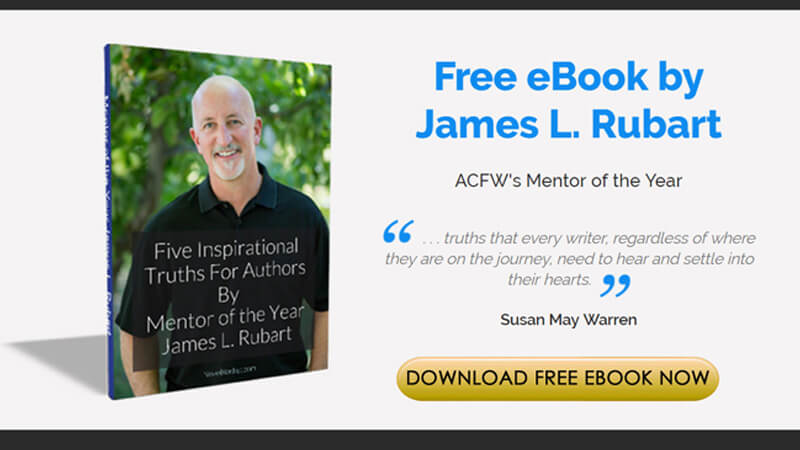

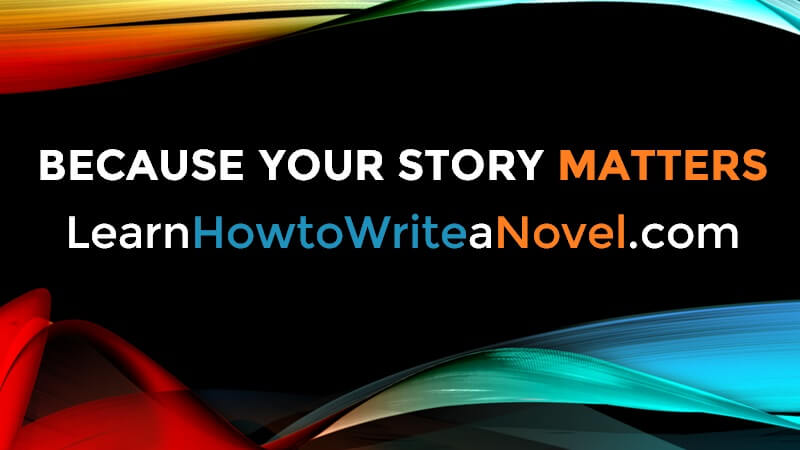

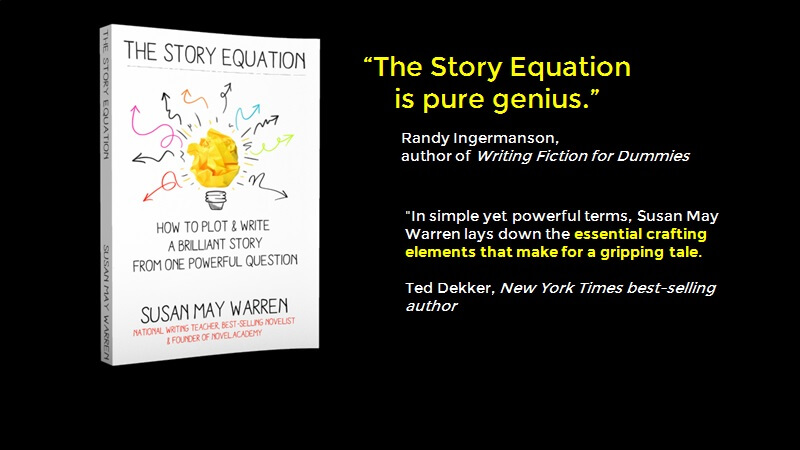

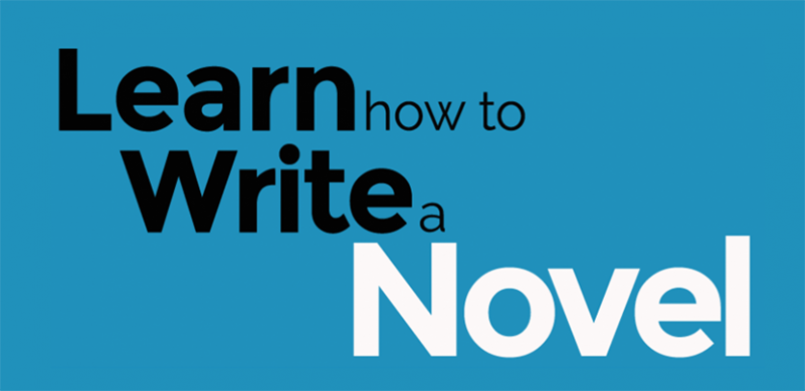


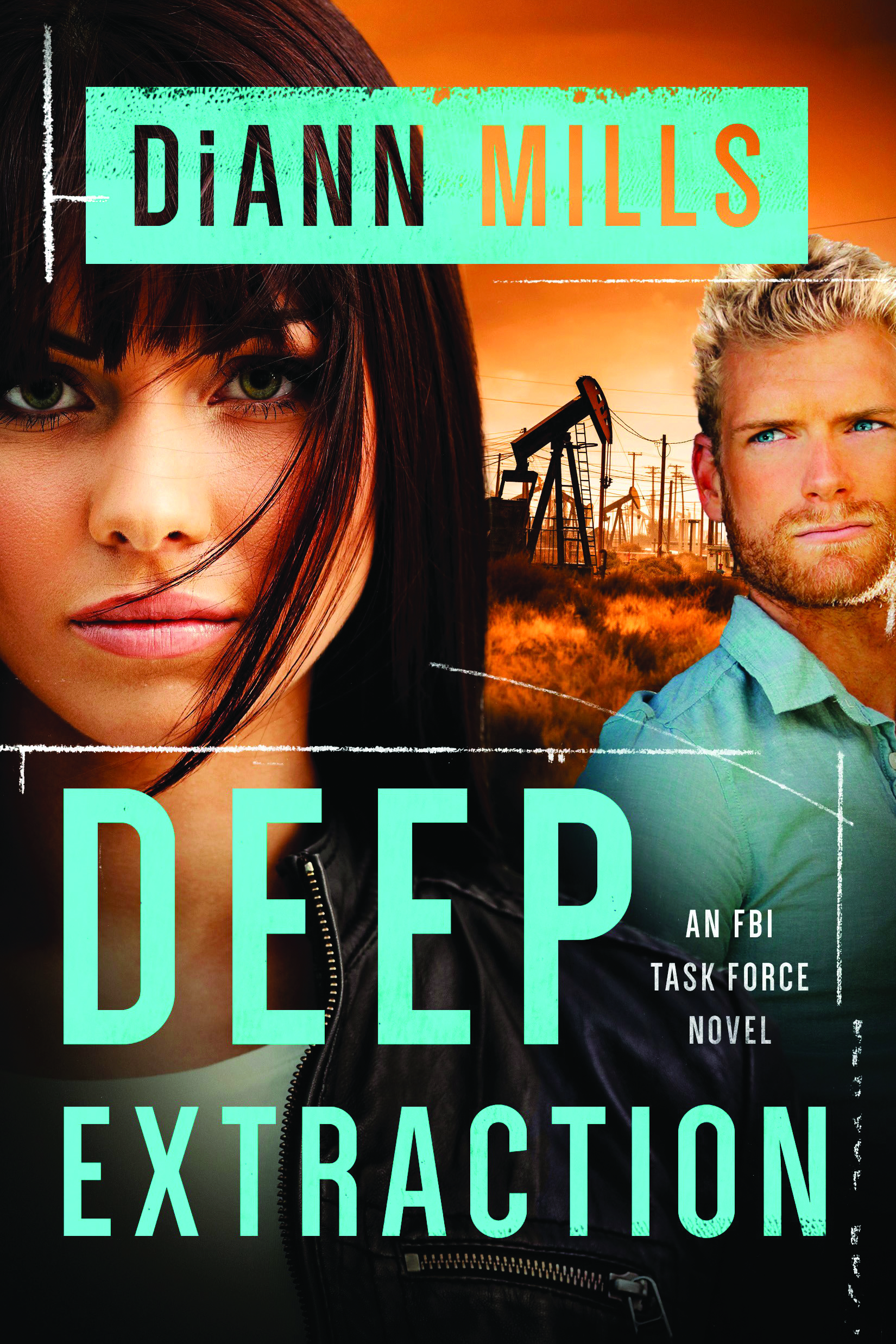
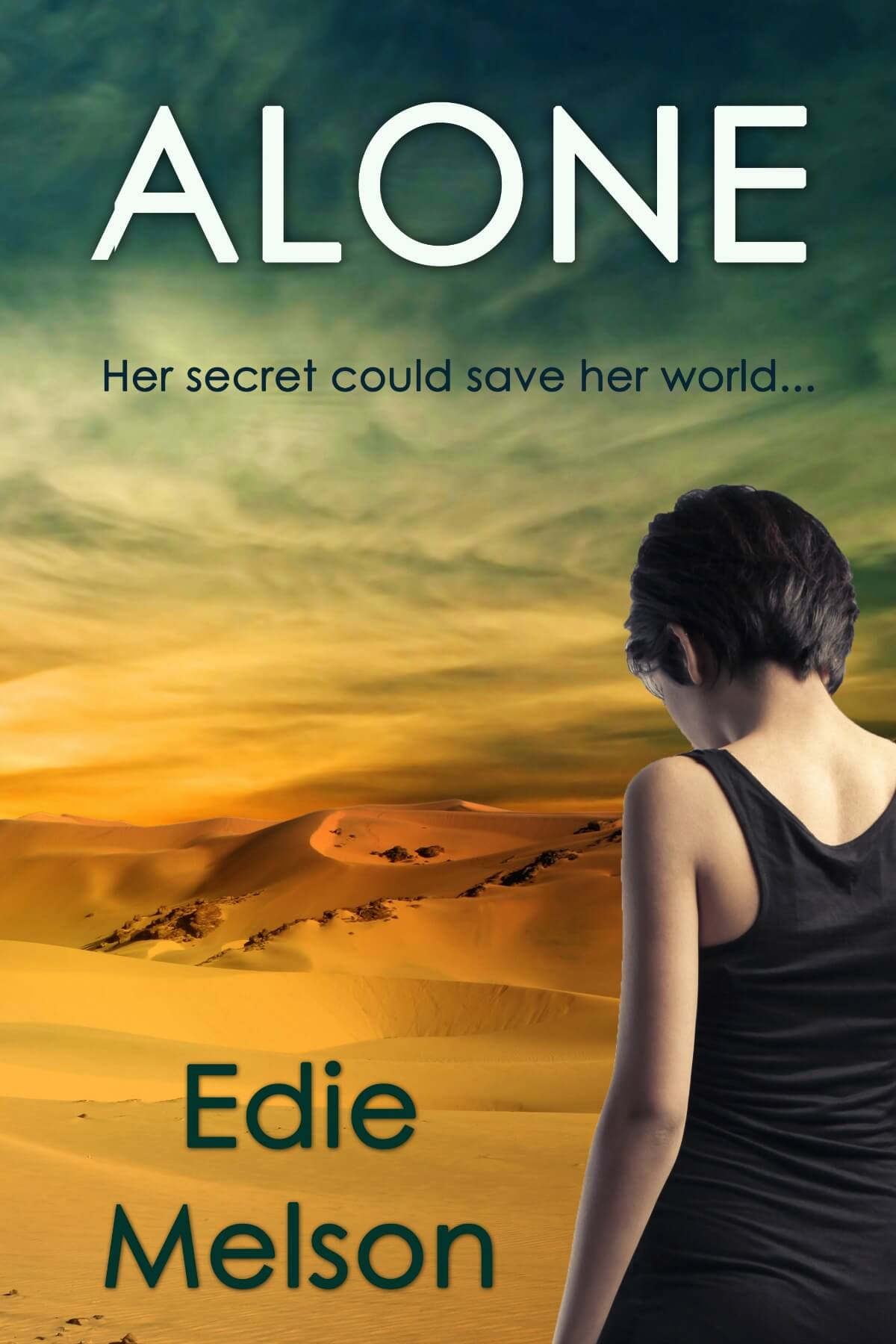









Great. Just great. Now you've given me yet another gem to mull over. ;o) This really is good, Rachel. The rings are her Q Factor. Who ever said fiction writing was easy?
ReplyDeleteAne, LOL. Yea, who said it was easy? It's fun, once in awhile, but never really easy.
ReplyDeleteRachel